UNDERSTANDING CONTRAST
EXAMPLES OF CONTRAST IN A BLACK AND WHITE PAINTINGThe example below shows the difference between high contrast and low contrast in a simple black-and-white painting. Below is an excellent example of why high contrast is important in making things clear and readable. On the high contrast side everything is highlighted where it should be and everything that is meant to be bold stands out as it should! That isn't the case on our low contrast side; it's tough to see what it is. Of course, you can still tell that it's a flower, but you might have to look closely to distinguish the details. Art needs to be clear, especially if it's something like this where it's an object; it's even more critical in a portrait where it needs to look like someone specific. EXAMPLES OF CONTRAST IN A FULL COLOR PAINTINGIn the following example, you can see high contrast versus low contrast in a full-color painting. Just like the first example, you can see just how much easier it is to tell what you're looking at in the high contrast painting; even though the color makes it a little more apparent where different objects are in the image, it's still nowhere near as pleasing to look at as the high contrast example. 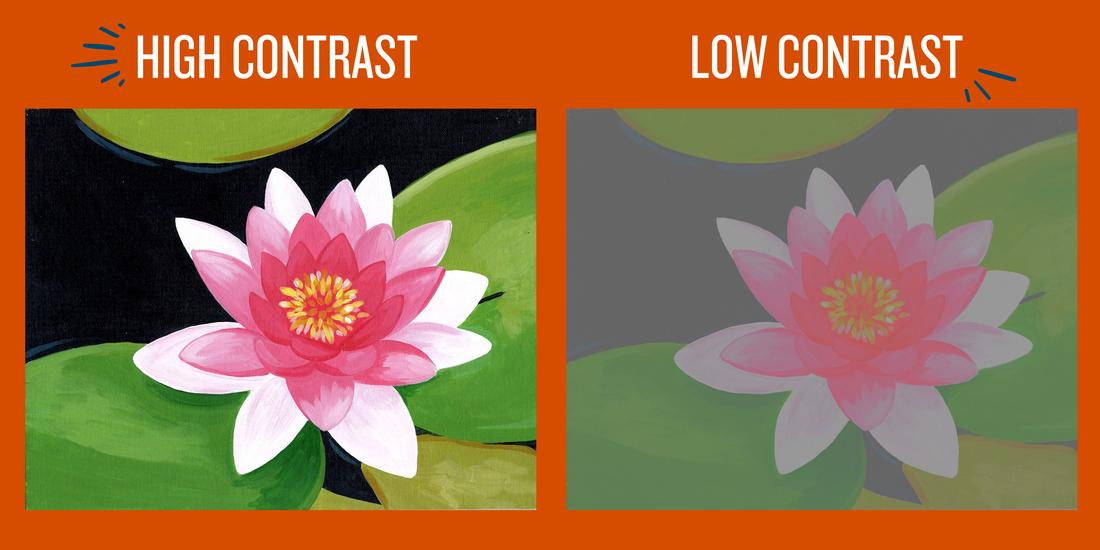 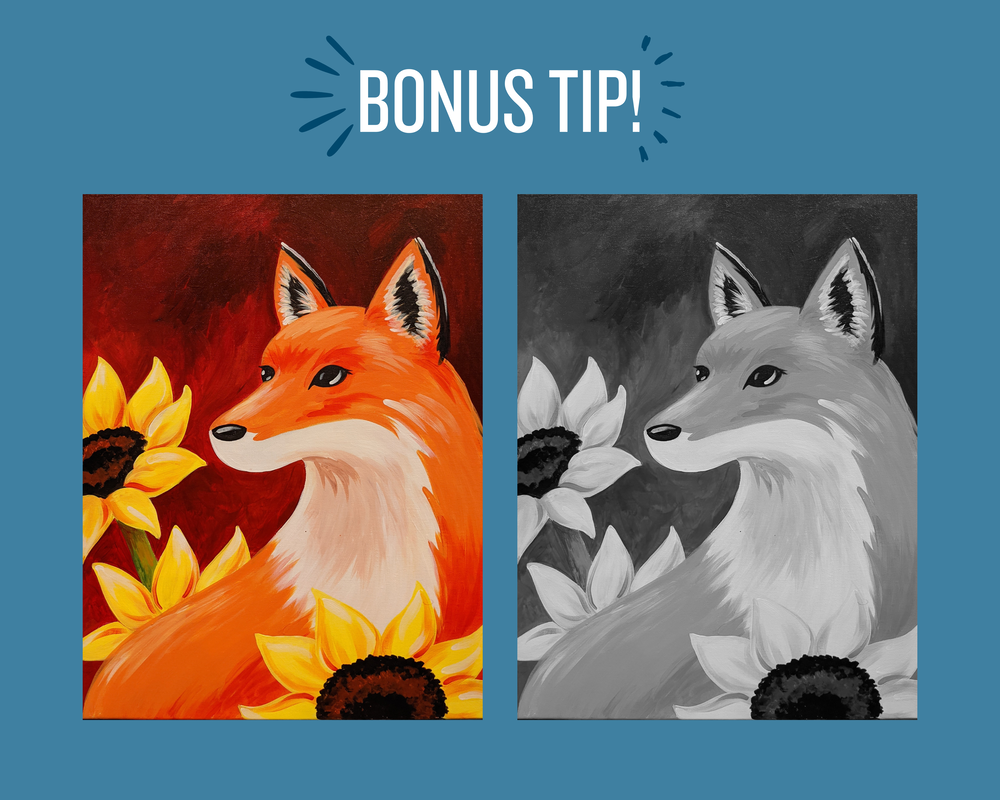 HOW TO MAKE SURE YOUR ART HAS ENOUGH CONTRASTIt's easy to tell if your art has enough contrast if it's already in black and white, but what if it's in color? How on earth are you supposed to be able to tell what your color values are? It's easier than you might think! Just take a photo of your painting and edit the saturation down to zero; this will give you an exact look at the values so you know if you'll need to make any adjustments! Not that technical? Try this: when looking at your painting, identify the lightest and darkest areas. If you need help determining what those are or if the lightest and darkest areas are at all similar to each other, bump up the contrast! You can mix white with colors to lighten certain areas and darken others by mixing in black. This method can be especially helpful if you're working from a reference because you can go ahead and adjust the saturation of your reference photo too, to see if they match up!
1 Comment
9/20/2023 02:33:43 am
I think my blog also got a kinda cool comment form. A very nice.
Reply
Leave a Reply. |
hey there!The Sketching Pad has been helping people just like you have fun and stress-free painting experiences for over a decade. Whether we're helping people create masterpieces in person in our studio, or we're guiding people who are painting at home through our painting kits and video tutorials, we are passionate about helping people see that everyone can be an artist with the right tools and guidance! This FREE Acrylic Painting Guide includes:
You'll learn...
This FREE course includes...
You'll learn...
Archives
June 2024
Categories
All
|


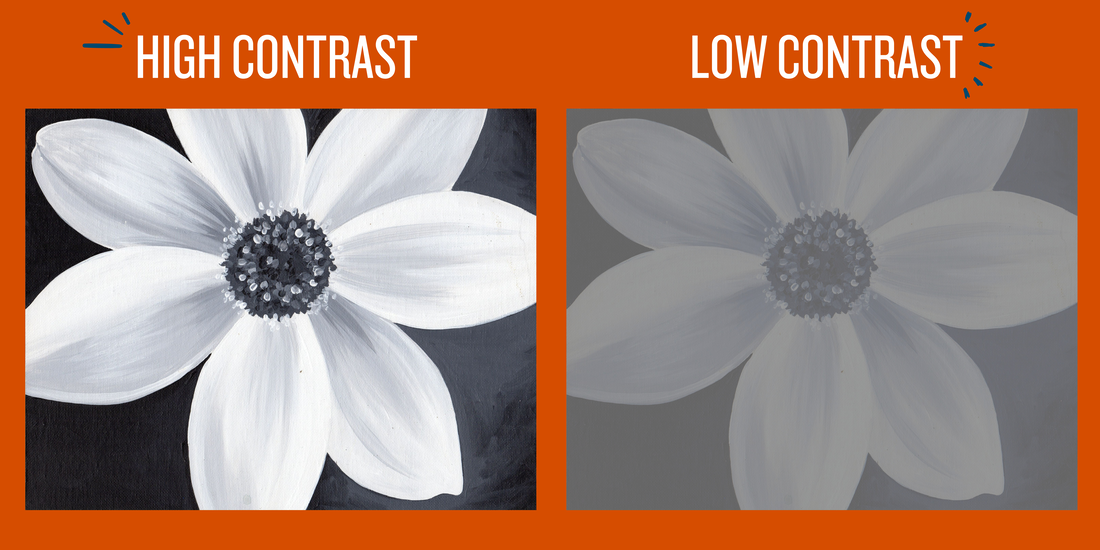
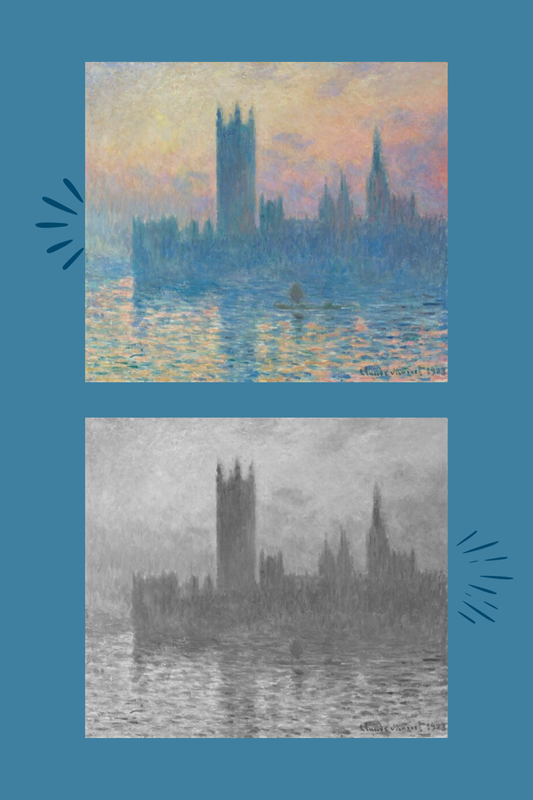
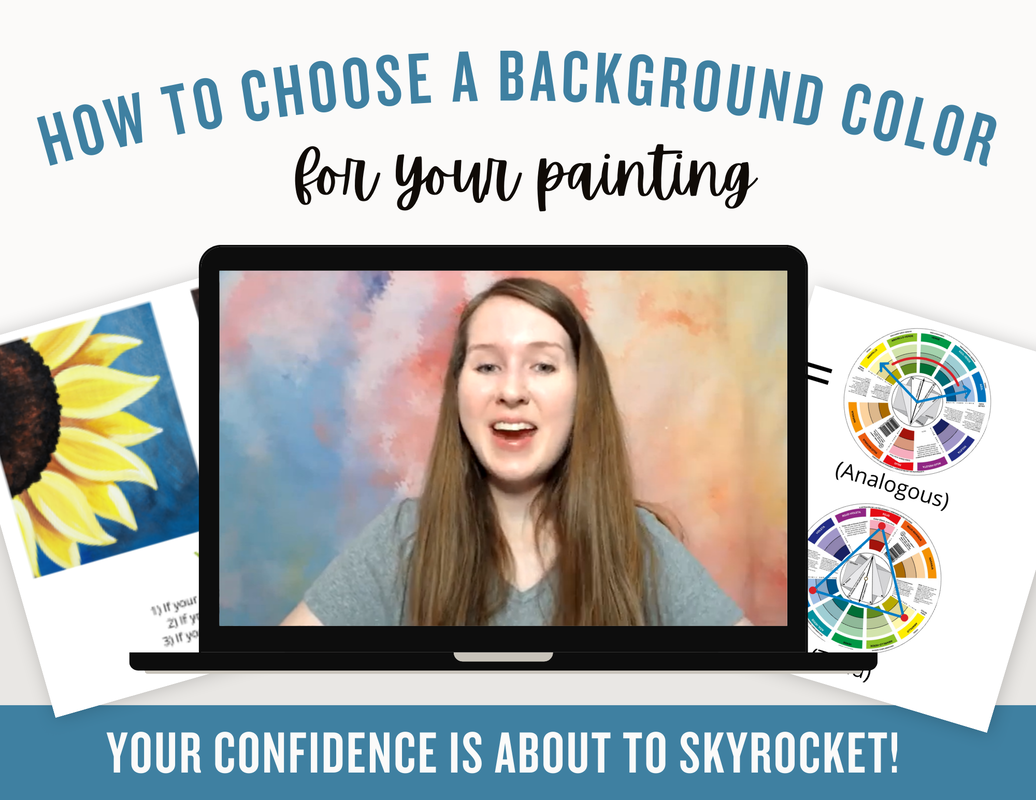
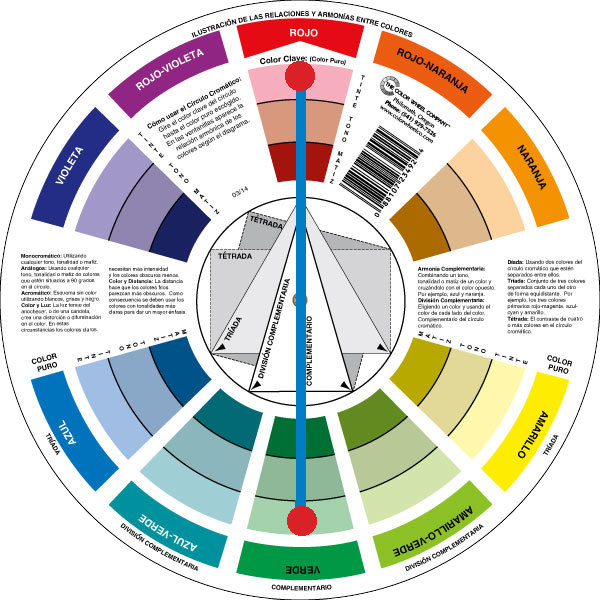
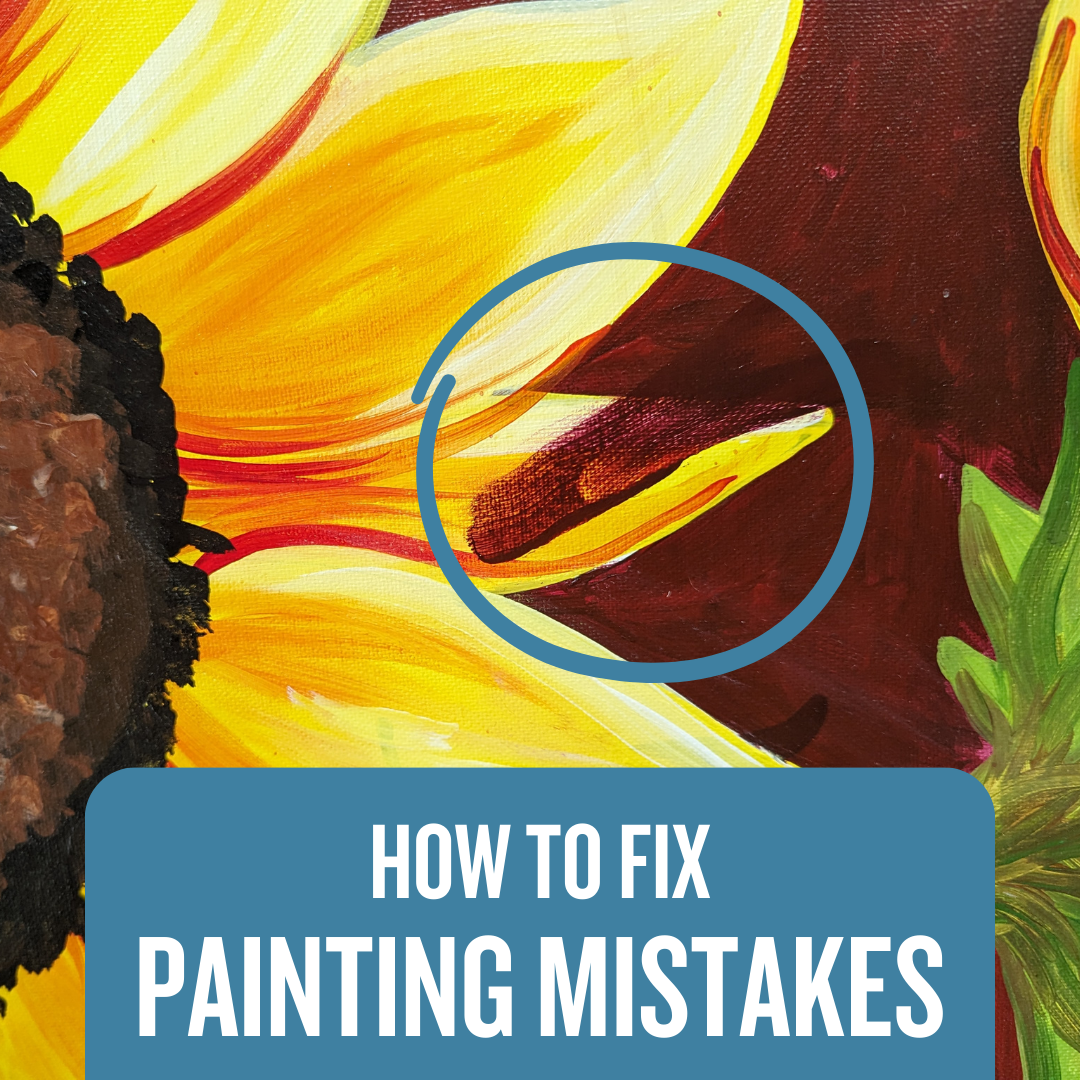
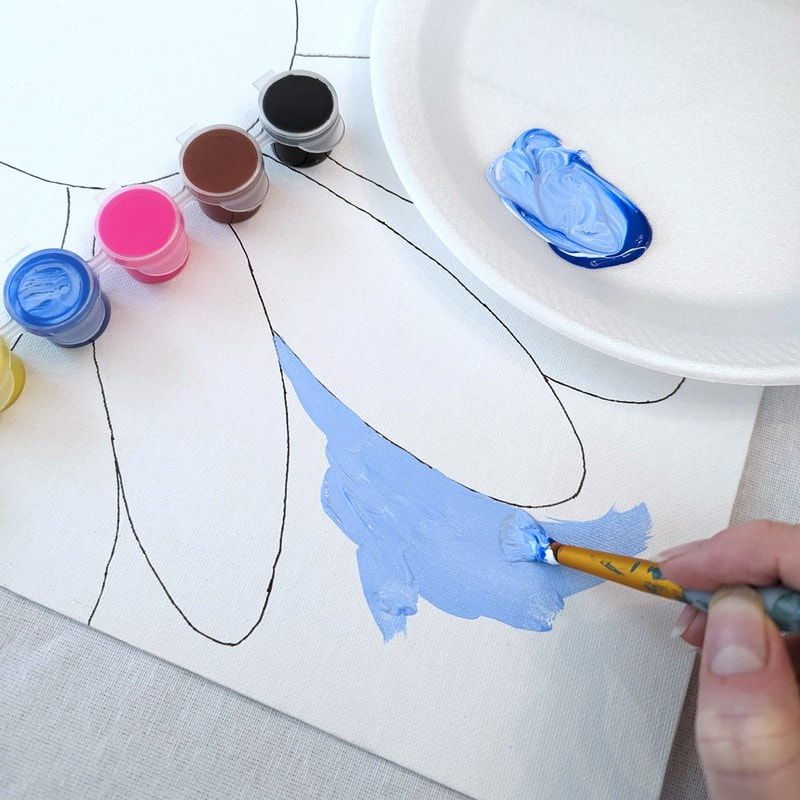

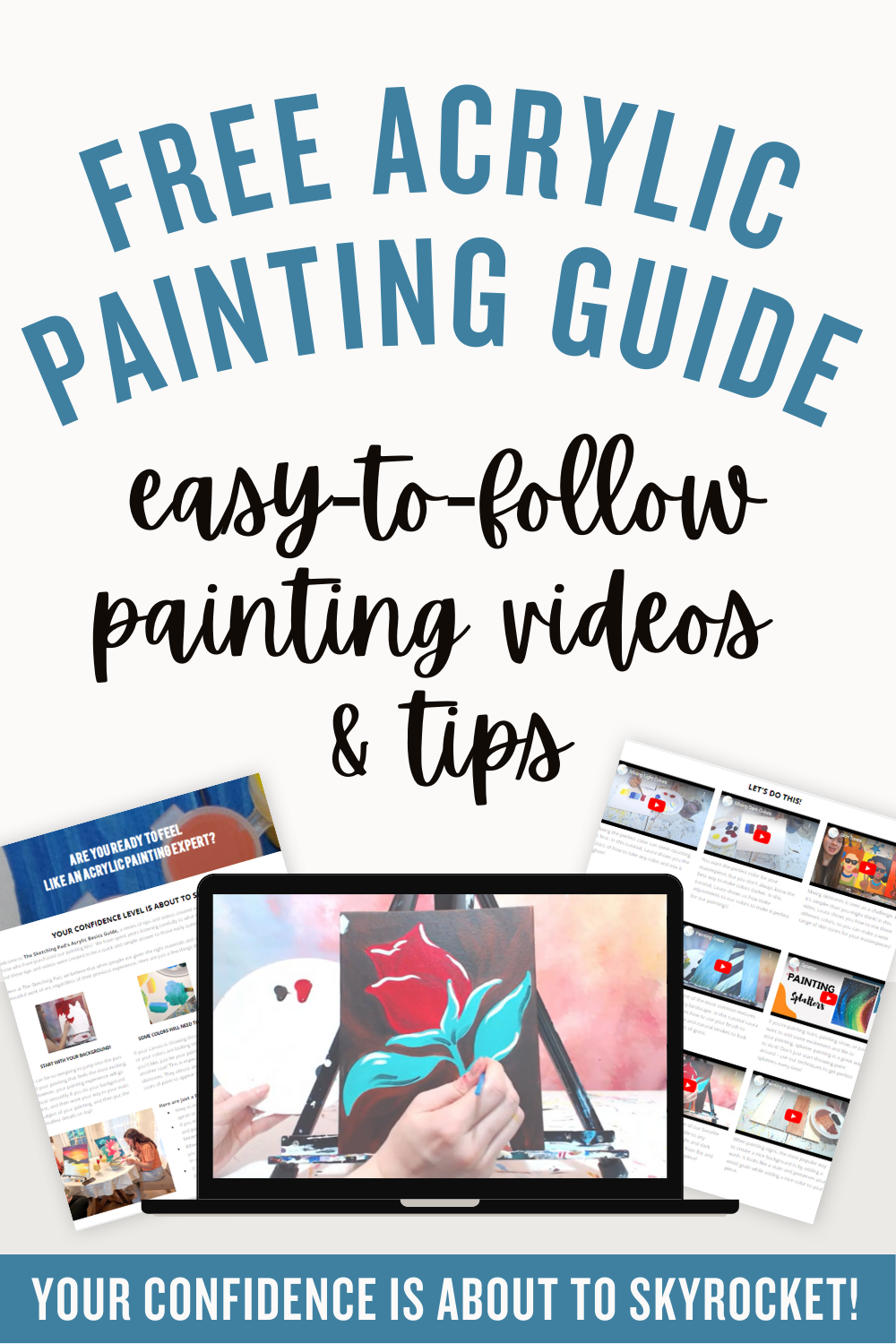
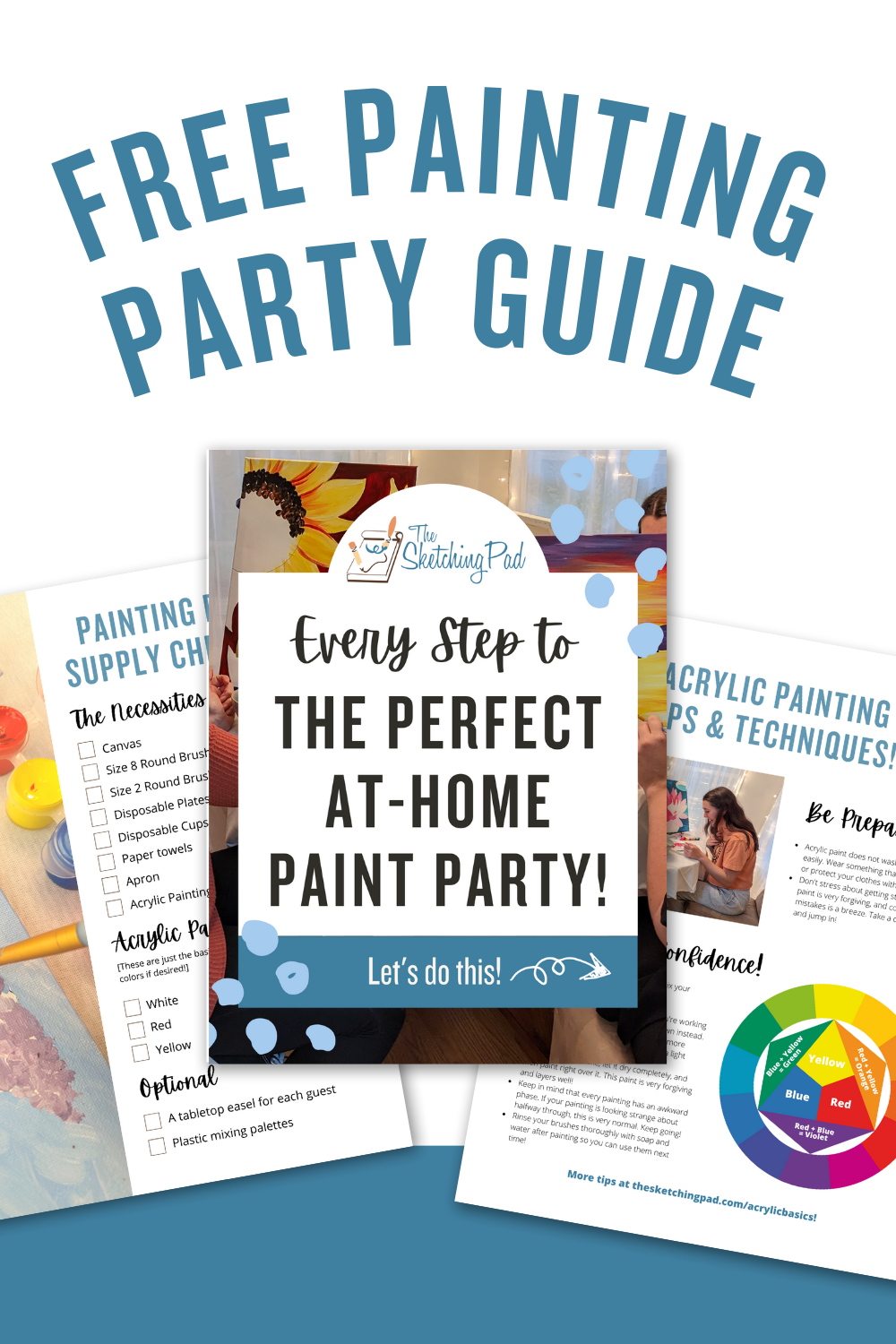
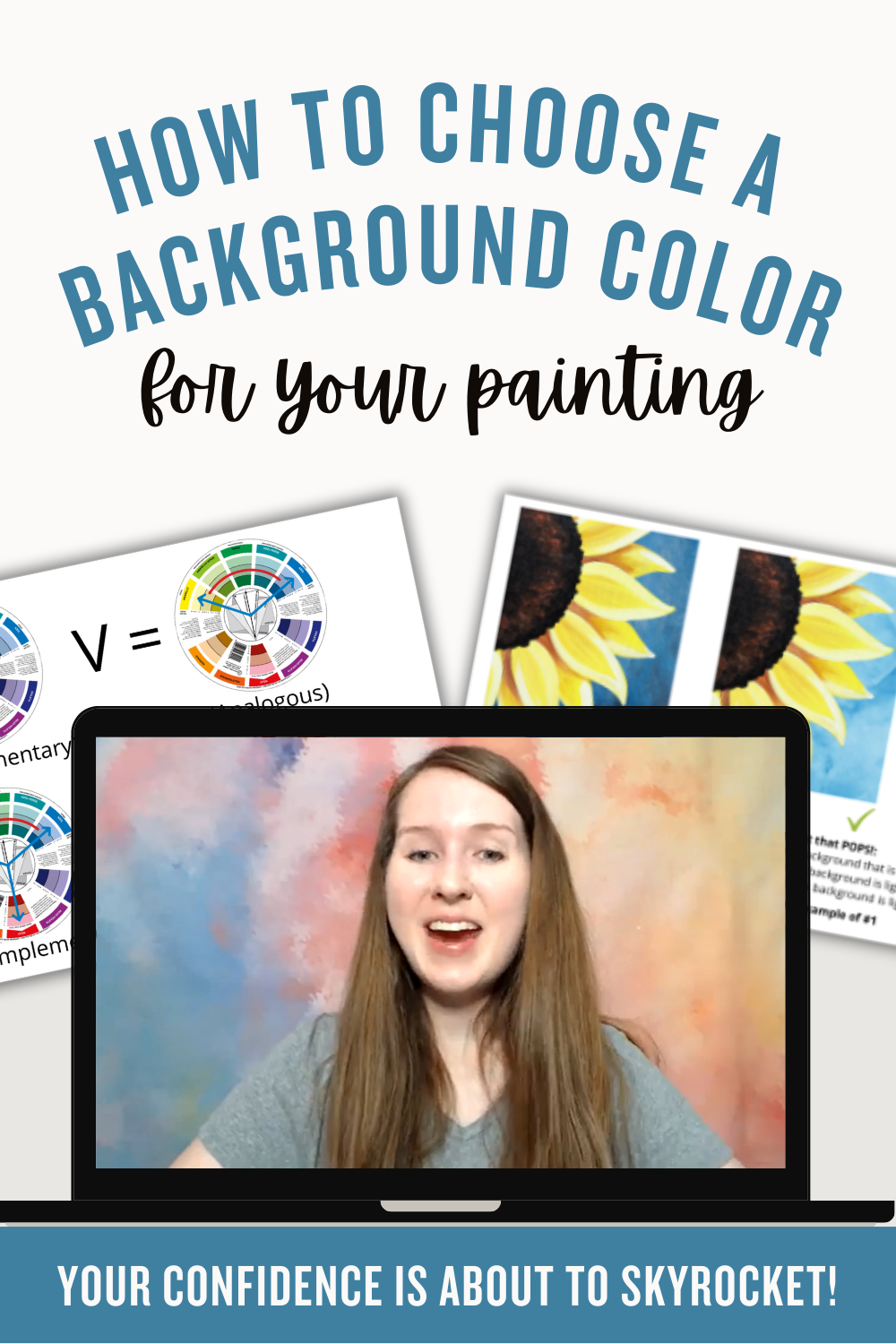

 RSS Feed
RSS Feed